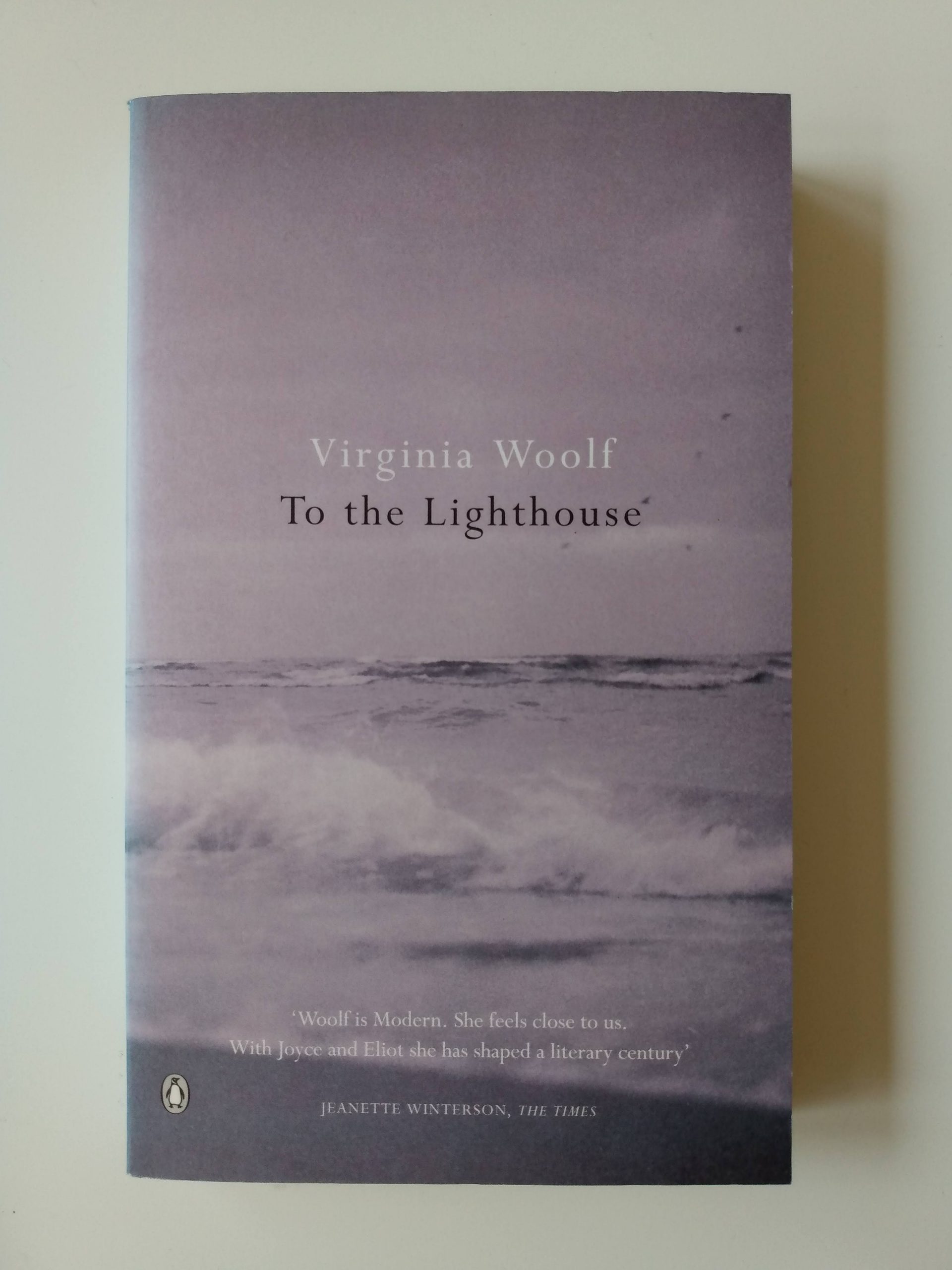To the Lighthouse, by Virginia Woolf
This is the second Virginia Woolf I have read in quite a short space of time (and the second Virginia Woolf I have read ever, actually). I recently reviewed Mrs Dalloway, which stylistically didn't really float my boat, but in spite of that I decided to give this one a go anyway. And I'm pretty glad I did. Because I preferred 'To the Lighthouse' to 'Mrs Dalloway'. I can't quite put my finger on why, because the two were undeniably similar, but there was just something about this book that made it feel like the kind of classic you can curl up on the sofa with and get lost in. Perhaps it helped that this particular copy is quite old - it smelt absolutely gorgeous...

'To the Lighthouse' is a book of three sections. They are all set in the same place: a guest house belonging to the Ramsay family, right on the coast of a Scottish island where they can see the lighthouse. In the first section, Woolf presents to us the characters. This is where her stream-of-consciousness style comes into its own and is so effective. The way she flits between the viewpoints of all the different characters - the woman in charge Mrs Ramsay, the young lovers Paul and Minta, the painter Lily Briscoe, the hopelessly insecure Mr Ramsay - creates scope for some very sophisticated and intricate character development. These characters are round, they have multi-faceted motives and complicated relationships, and I have to say that the tense and ill-fated dinner party at the end of the section where all the characters come together round the table and clash was masterfully written.
The middle section is called 'Time Passes' and it's set considerably later than the first section (unsurprisingly). I found this section fascinating, and it may just be my favourite section of the book. What Woolf managed to create was a complete change of tone and change of pace, which was extremely effective in communicating the change in mood of this section.
It is set in the same house, of course, but this time the house is deserted and has fallen into disrepair. Instead of darting between all the many characters we had grown to love in the first section, Woolf instead focusses mainly on one singular character: the cleaner, Mrs McNab, who is walking slowly around the house. The section is largely characterised by a mixture of Mrs McNab's nostalgic thoughts and memories, and long, detailed and beautiful descriptive passages portraying the derelict house.
What this resulted in was a haunting sense of bereft-ness. The book slowed right down, from the vivacious, busy and sparring day-to-day life of the hotchpotch of characters in the guest house, to something far more reflective and empty. This was very striking. And what made it even more haunting was Woolf's intriguing decision to include little interjections in square brackets telling us what had happened to the characters in the time that had passed. While we as readers are lost in the lyrical descriptions of the dusty curtains billowing in the breeze, Woolf suddenly drops in a sentence in square brackets revealing the death of one of our characters, and later the marriage of another one. This surprised me as a technique; it was jarring, not least because I found that I cared about these characters. And I suspect it was supposed to be quite surprising, and I suspect that's exactly why she wrote it like that.
The final section brought together all the characters from the first section, or at least, all the ones who were still alive. I won't spoil what happens, but there was a lovely sense of conclusion in the way the last section mirrored the first. The situations set up were very similar, but the characters had matured and changed. It was like we had come back to where we started, but when we started we were young and now we are wise.
Overall, I liked it. The characters and their relationships meant something to me, I liked the way the novel was structured, and perhaps most strikingly of all I found the middle section very poignant. Definitely a book to curl up on the sofa with and get lost in. But get yourself an old copy - that unique old-book aroma really does contribute to the nostalgic atmosphere!

Now I want to read this book.
Thanks for reading my review. I’m so pleased that I’ve led you towards reading this book – you’ll have to come back once you’ve finished it and see if you agree (or disagree!) with my thoughts!
I love your reviews! I haven't even read Virginia Woolf but given your enticing description, I just might!
Thank you very much for reading and commenting! I'm touched to have inspired you to read Virginia Woolf 🙂